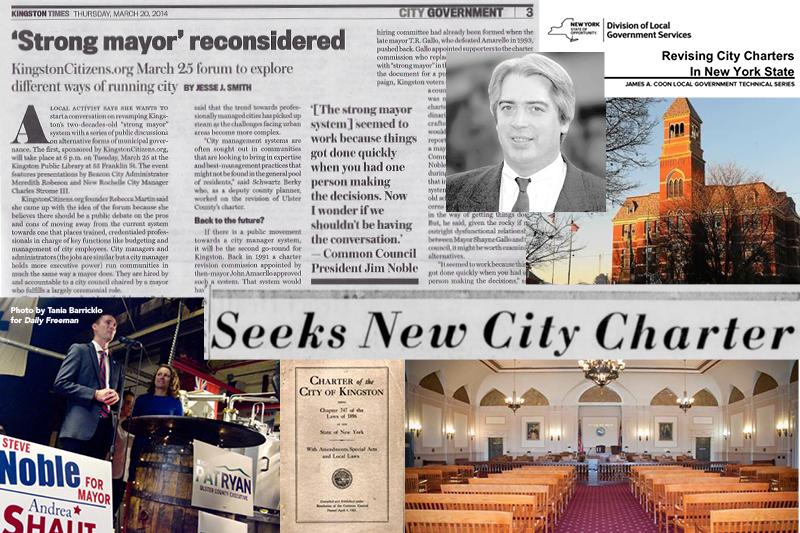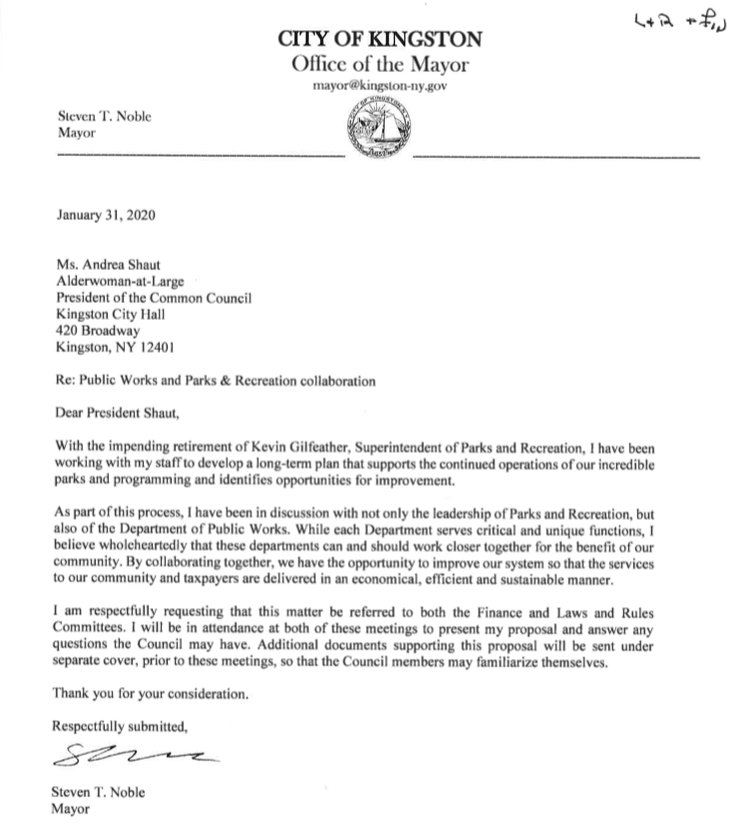By Editorial Board

Without any significant changes proposed by the developers, the New York State Historic Preservation Office (SHPO) has chosen to unsee the adverse impacts that it had identified in September 2019 in the course of its review of the Kingstonian. The only rational explanation for this unexpected and illogical about-face is that this is the result of political pressure exerted by the Empire State Development Corporation (ESDC) and by extension, Governor Andrew Cuomo.
According to a February 14 letter to the ESDC from John Bonafide, Director of the Technical Division Bureau at SHPO, “After considering the material presented at our meeting and the subsequently submitted information, we have found that the evolution of the proposal has addressed many of the open preservation issues raised by this office.” However, the only change that has been made since his office last reviewed the project in September is that the Schwenk Drive portion of the development grew another story. Impacts that were identified in the agency’s September 19 letter, such as the project’s size, its monolithic scale, and its eradication of Fair Street Extension, have not been mitigated in the least.
SHPO’s comments on the Kingstonian are part of a consultation mandated by Section 14.09 of the New York Parks, Recreation and Historic Preservation Law. It is required for projects that are funded, licensed or approved by state or federal agencies. The Kingstonian is set to receive $3 million in funding from the ESDC. The majority of the project site lies within the National Register-listed Stockade Historic District.
We do not know yet how this will impact the active Article 78 suit filed by a consortium of Uptown business entities against the City of Kingston and the developers. SHPO’s latest findings do not detract from the main premise of the lawsuit—that the Kingston Planning Board failed to take a “hard look” at the facts of the project during the State Environmental Quality Review.
SHPO’s findings also do not negate the project’s pending review by the local Historic Landmarks Preservation Commission, whose responsibility it will be to scrutinize the design details big and small, something that SHPO does not do in its review.
As KingstonCitizens.org has reported in the past, the developers of the Kingstonian are the beneficiaries of substantial taxpayer-funded state grants. In addition to the $3 million from the ESDC, they have been awarded $3.8 million from Cuomo’s Downtown Revitalization Initiative Grant. They are also likely to seek an unknown sum of municipal tax breaks through the Ulster County IDA. In addition to all of that and perhaps of most value, they have a political leader like Mayor Steve Noble for a partner, who over the course of the past year, has seemingly gone out of his way to use the powers of his office to influence the outcome of the project’s regulatory review, whether by having his corporation counsels mislead and bully individuals, removing members of the Historic Landmarks Preservation Commission, or by seeing to it that the zoning law is disregarded.
From the recent effort to merge departments and provide his spouse a new position with increased pay to creating positions for housing initiatives, this mayor’s determination to muscle through his agenda with or without the Common Council’s consent—and sometimes at the expense of others—is infuriating. The pressure on the Council to unquestionably support the Kingstonian is great. We hope they hold the line for our community.
Note: For an excellent in-depth background on the developers of the Kingstonian and the origins of the project, listen to the August 16, 2019 episode of “The Source with Hillary Harvey” on RadioKingston.



